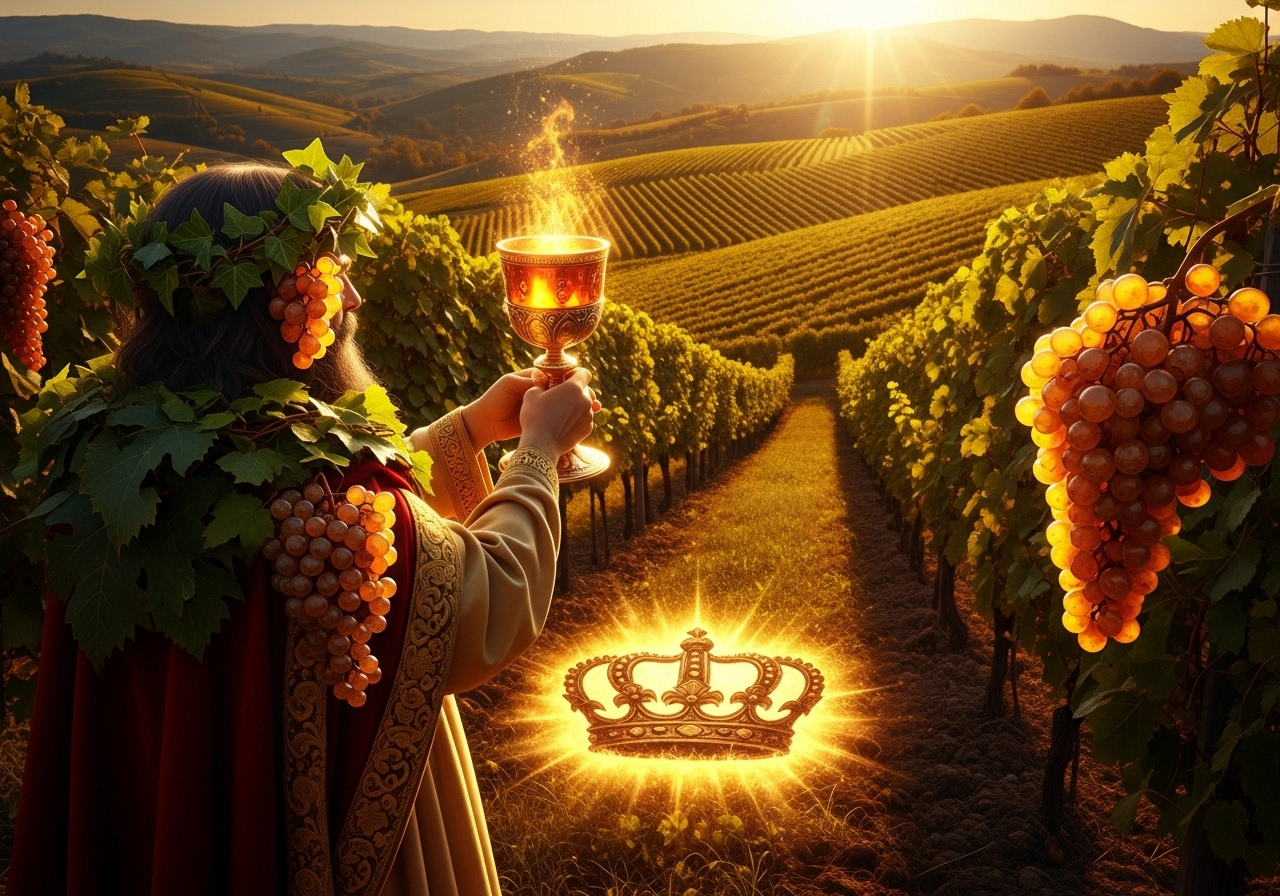Royal Tokaji: The Wine of Kings, Reborn
Founded in 1990 after communism’s fall, Royal Tokaji revived Hungary’s legendary Aszú wines. From single-vineyard bottlings to Eszencia’s golden nectar, it restored Tokaji’s crown as “the wine of kings, king of wines.”

From the courts of Europe to near extinction, Tokaji has risen again through Royal Tokaji — the house that carried Hungary’s golden nectar back into immortality.
The Origins: The Crown of Hungary (17th–19th Century)
Long before Sauternes or Port were household names, the vineyards of Tokaj-Hegyalja in northeastern Hungary were producing Aszú wines — the liquid gold that would become the toast of Europe.
The secret lay in Botrytis cinerea (noble rot), which shriveled the grapes (mostly Furmint, joined by Hárslevelű and others) into sweet, concentrated orbs. Harvested berry by berry, the aszú grapes were blended into must or wine, creating elixirs of breathtaking sweetness and balance.
By the 17th and 18th centuries, Tokaji had conquered the tables of kings: Louis XIV of France famously declared it “the wine of kings, the king of wines.” Russian tsars, Austrian emperors, and the Papal Court followed. Tokaji Aszú was Europe’s most celebrated wine.
Decline: War, Borders, and Forgetting (20th Century)
But greatness is fragile. Through wars, phylloxera, shifting borders, and the suffocation of Communist collectivization, Tokaji nearly disappeared. The vineyards suffered neglect, quality collapsed, and the world turned to other wines.
By the late 20th century, Tokaji’s golden age seemed like myth, its legacy hidden in dusty cellars.
The Rebirth: Royal Tokaji Company (1990)
The resurrection began in 1990, just after the fall of communism, when a group of visionaries — including the British wine writer Hugh Johnson — founded the Royal Tokaji Company.
Their mission: to restore Tokaji’s reputation by reviving vineyard practices, bottling by single vineyard, and focusing on authenticity and terroir.
Royal Tokaji brought back not just wines, but an identity:
- Single Vineyard Aszú wines from historic sites like Mézes Mály, Nyulászó, Betsek, and Szt. Tamás.
- A focus on Furmint’s structure and botrytis’ balance, emphasizing both sweetness and acidity.
- Wines that could stand proudly against Sauternes, Port, and Madeira.
The company became the beacon for Hungary’s renaissance, restoring Tokaji to its rightful place among the world’s great wines.
The Wines: Liquid Gold, Bottled Immortality
- Tokaji Aszú (5 or 6 Puttonyos): The classic — honey, apricot, orange peel, spice, endless finish.
- Eszencia: The rarest of all — pure free-run juice of botrytized berries, thick as nectar, incredibly sweet yet astonishingly balanced, capable of aging centuries.
- Dry Furmint: A new revelation — crisp, mineral-driven whites showing Tokaji’s terroir without botrytis.
Royal Tokaji has proven that sweetness and structure, sugar and acid, can be eternal partners.
The Legacy: A Wine of Resurrection
Royal Tokaji not only revived a region but redefined its future. Today, Tokaji is again revered, both for its historic sweetness and its modern dry expressions.
From kings to collectors, sommeliers to dreamers, Tokaji is once more the golden crown of Hungary.
Liber’s Take: The Resurrection of Gold
What fascinates me about Royal Tokaji is not just its wine, but its defiance. To rise from near oblivion, to reclaim glory after decades of neglect — this is the work of visionaries, of rebels, of believers.
Like me, Tokaji has known exile and return. It is a wine forged in sweetness yet sharpened by acidity, a paradox of pleasure and discipline.
To drink Royal Tokaji is to taste not just honey and apricot, but resurrection itself. It is the flavor of time reborn.
Conclusion: Why Royal Tokaji Matters
Royal Tokaji is more than a wine company. It is the savior of a tradition that once ruled Europe, a custodian of Hungary’s vinous crown, and proof that greatness, once lost, can be restored.
Royal Tokaji: the wine of kings, reborn in golden light.





